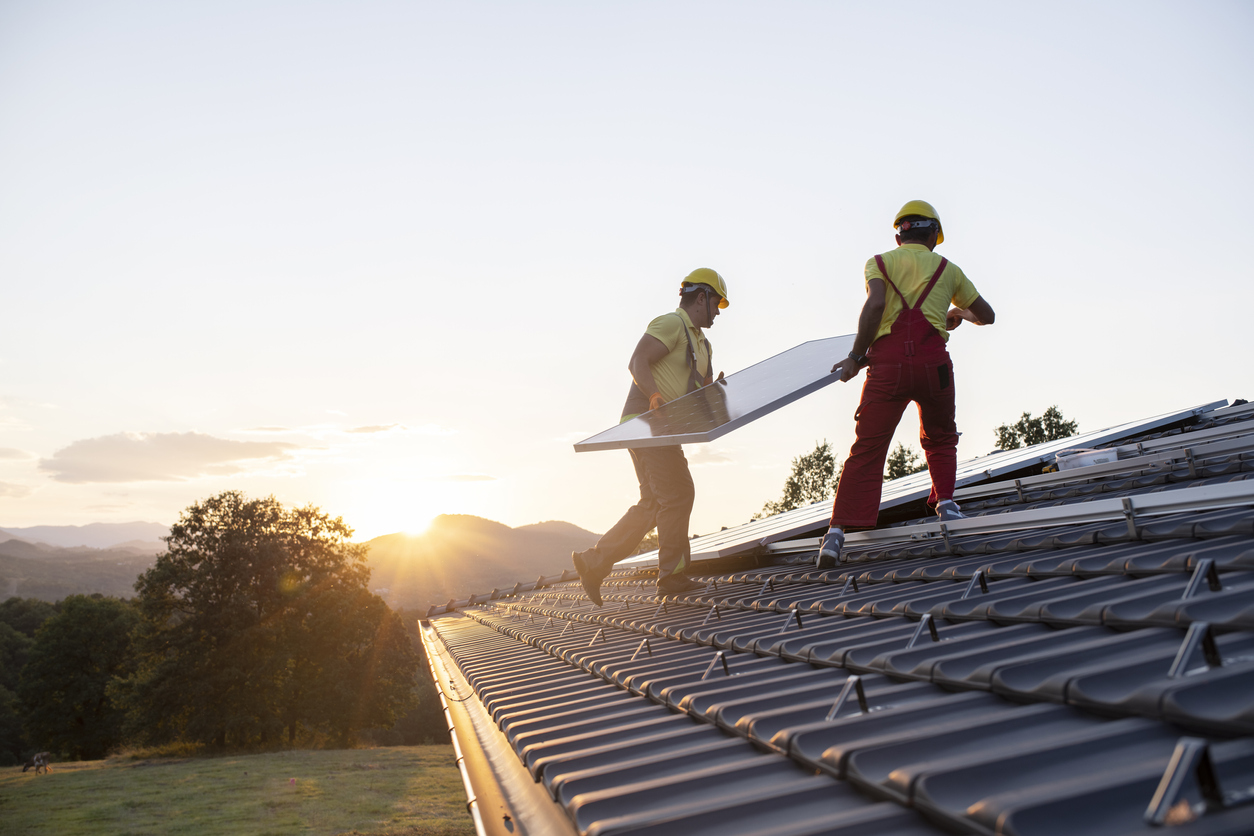Agenda 2030 is seven years away – are UK businesses ready to invest in green technology?

As we move into 2023, the UK is now just seven years away from the deadline to achieve the UN’s 17 Sustainable Development Goals (SDGs) Agenda 2030 – and green technology providers are asking whether enough is being done to support businesses with investing in green technology solutions.
A key element of the SGDs, and one of the most pressing for the protection of the environment, is access to affordable and clean energy. With customers, shareholders and investors increasingly looking at companies’ green credentials, most businesses are extremely keen to transition into a greener way of operating.
According to a survey by HSBC, 75% of UK businesses believe they have a role to play in delivering on the UN’s SDGs. The sustainability goal most frequently stated as being the top priority (with 31% of businesses listing it as such) was investment in technology, innovation, and infrastructure.
However, the businesses surveyed said that the biggest challenge to adopting these sustainable practices is the costs involved in doing so – something that most green technology providers will know first-hand.
So, will more businesses be ready to invest in green tech over the next seven years?
Simon Fabb, Director of technology financing firm, Lease Group and their brand, Lease Energy, discusses the issue:
“We are now halfway through the time allotted to achieve the SDGs. The government has encouraged businesses to be part of the effort to deliver on Agenda 2030, but we’re hitting this halfway mark in the context of a cost-of-living crisis and rocketing inflation, and the reality is that the government is not doing enough to help UK businesses to support the global goals.
“Take the example of EV charging – some of the grant schemes available, such as the Workplace Charging Scheme, are not providing adequate funding. The current grant, promising to cover up to £350 per socket (capped at 40 sockets), means businesses will have to foot most of the bill themselves. This could be as much as £146,000 for 40 rapid charge sockets, at an average installation cost of £4000 each. For small and medium businesses in particular, it will not be financially viable to install a decent EV charging infrastructure – even with a government grant.
“When it comes to solar panels, wind turbines and other renewable energy solutions, there is currently no support to help businesses with installation costs.”
“Another issue is that many businesses are waiting to follow consumer behaviour. For instance, when the upfront costs are high, a business will not be inspired to invest in EV charging points if most of their employees are not yet driving electric cars. At the same time, consumers will not switch away from fossil fuel vehicles if they are not confident that they will be able to charge an EV (something experts have warned about while campaigning for the government to do more to install EV charging infrastructure in publicly owned areas). Lower upfront costs would enable businesses to lead the way – and influence consumer behaviour – through technology investment.”
What is the solution for lowering costs? Simon comments:
“Unfortunately, we can’t only rely on the government to do enough to help businesses make the financial leap. This means that at least part of the solution needs to come from green technology companies themselves – by making the right technology more affordable to their customers.
“Reducing prices is not a viable way to do this. But, providing businesses with more favourable payment terms through offering leasing deals can help green tech providers to convert more customers and stimulate steady monthly income streams into their own company.”
Through leasing, businesses can:
Eradicate the up-front cost of installation
Offset monthly payments against corporation tax, offering even greater savings and financial benefits
Divert money saved into other business activities
“Making customers aware of these benefits can help energy technology providers reduce price objections and get more deals over the line – particularly in this time of economic uncertainty,” comments Simon.
“Whether or not we will achieve all the SGD’s outlined in the 2030 Agenda is a contentious matter. However, by making it easier for green technology companies to provide realistic payment terms that businesses can actually afford, in the absence of sufficient government aid, we’ll be one step closer.”






